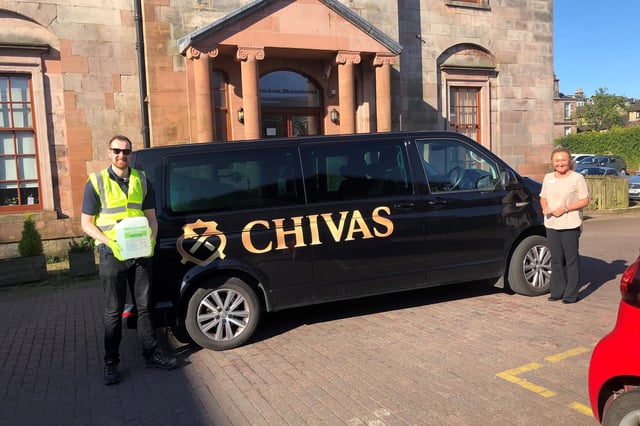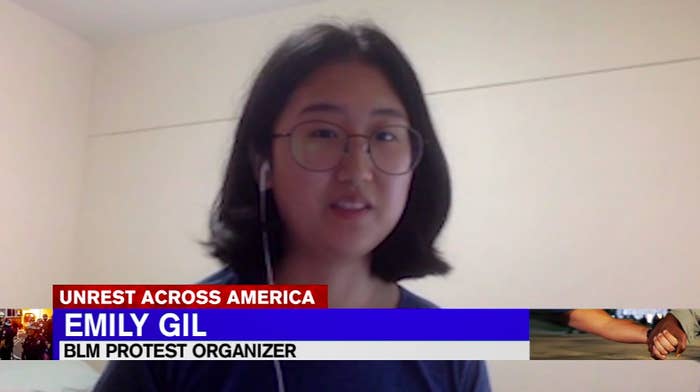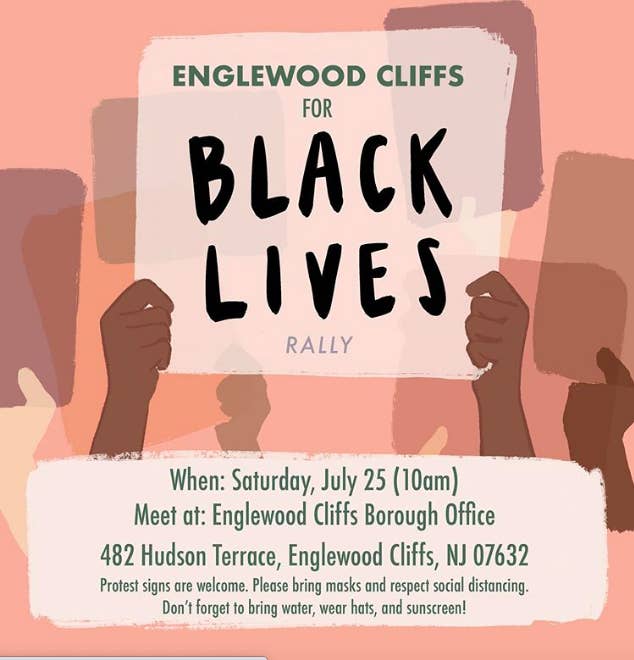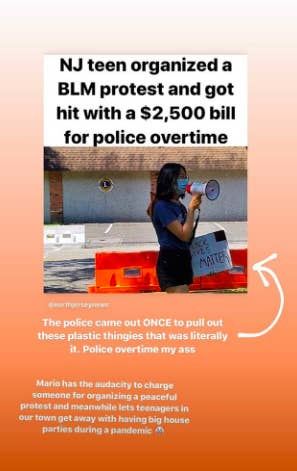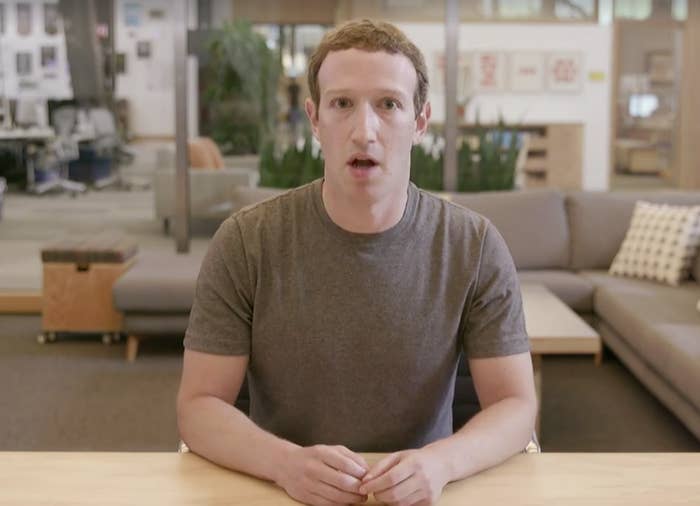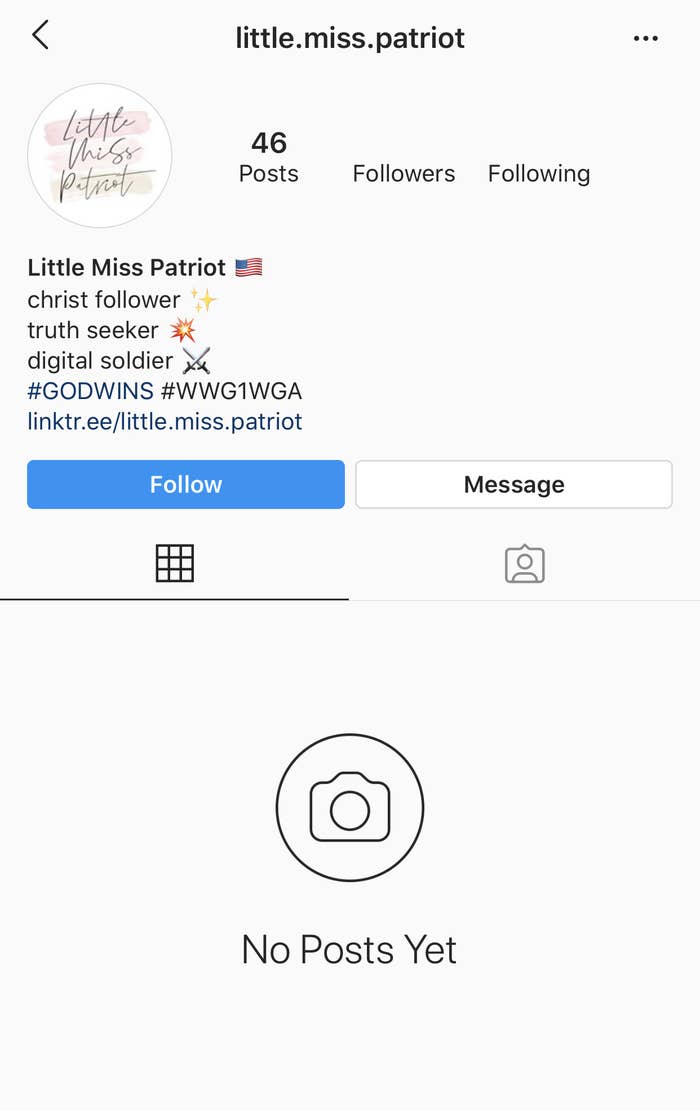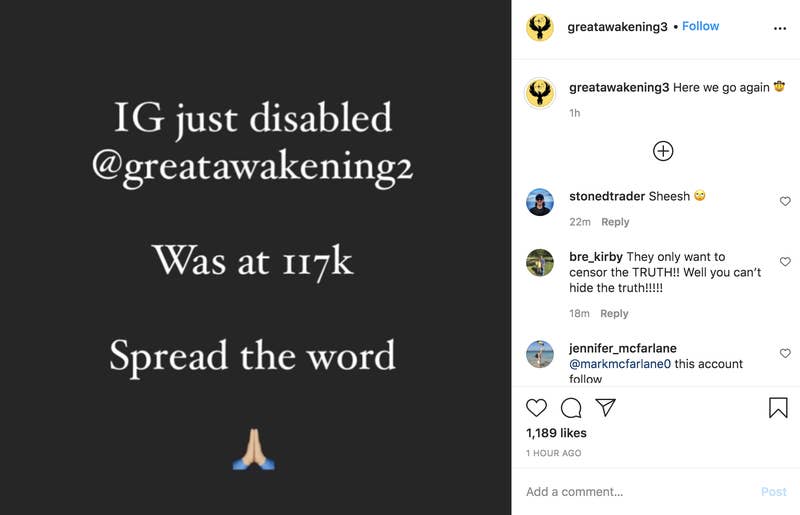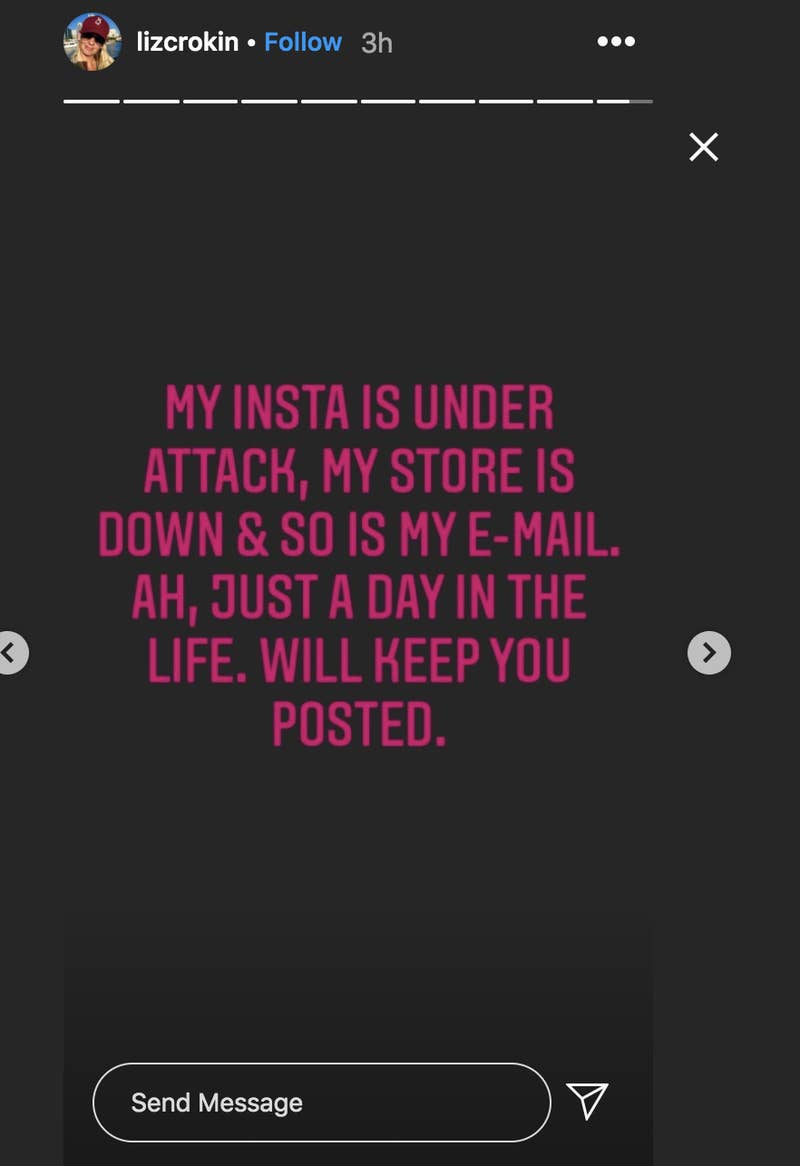In Pictures: Anti-government protests in Beirut turn violent
Activists denounced security forces for beating protesters, alleged that French tear gas used to disperse crowds.

Hundreds of people gathered in Martyrs' Square to mark the centennial and protest the governing class. ARWA IBRAHIM/AL JAZEERA
Protesters in Beirut attempted to storm the Parliament of Lebanon on Tuesday, the same day the country celebrated the passage of 100 years since the declaration of Greater Lebanon by the French mandate authorities.
Some protesters attempted to smash down walls around the building while others managed to break through one gate before they were forced back by police with tear gas.
Activists have blamed the country's entrenched political class for the August 4 explosion of a stockpile of ammonium nitrate that had languished in the port for years.
Violent clashes erupted, with protesters throwing tear gas canisters back at officers. Activists condemned police actions, saying protesters were beaten.
A military vehicle was also called in to deal with the crowds.
Protesters called for a "new Lebanon" without its reviled leaders, urging visiting French President Emmanuel Macron not to cooperate with them.
In the capital's Martyrs' Square, not far from the port, demonstrators one by one took to a stage to make their demands: a secular state, civil marriage, a productive economy.
Waving Lebanese flags and denouncing "corrupt" politicians, others nearby demanded the birth of a new secular state and the end of what they view as a broken political power-sharing system.
"The first century has been nothing but wars, foreign occupation, poverty, corruption, emigration, sectarian divisions, and now this explosion that killed and wounded thousands," said 21-year-old port worker Omar.
"We urgently need to revamp this system," he said, referring to a political arrangement that seeks to share power between Lebanon's myriad religious communities but instead often leads to an endless deadlock.

Anti-government protesters shout slogans during a protest near Parliament Square in Beirut. BILAL HUSSEIN/AP PHOTO

Demonstrators confront security forces during the protests in downtown Beirut. MOHAMED AZAKIR/REUTERS
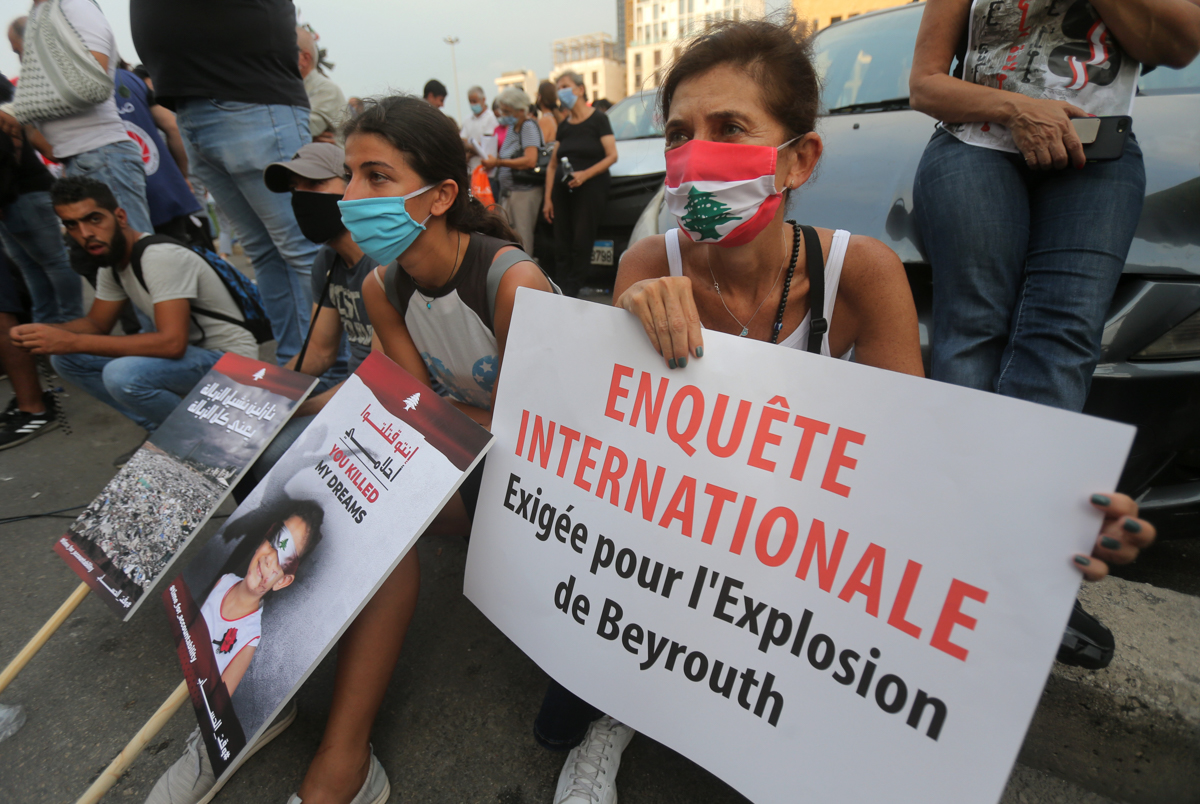
The protests coincided with a visit by French President Emmanuel Macron to Beirut for the second time since the explosion that killed at least 190 people, injured thousands, and left 300,000 others homeless. AFP

Protesters use metal frames to climb over steel walls surrounding Lebanon's heavily fortified Parliament complex. AFP

A protester uses a badminton racket to send back a tear gas canister fired by security forces amid the anti-government demonstration in the centre of Beirut. AFP

Riot police clash with anti-government protesters near Parliament Square. HASSAN AMMAR/AP PHOTO

An anti-government protester throws stones towards riot police. BILAL HUSSEIN/AP PHOTO

An armoured vehicle was called in to deal with the crowds. AFP




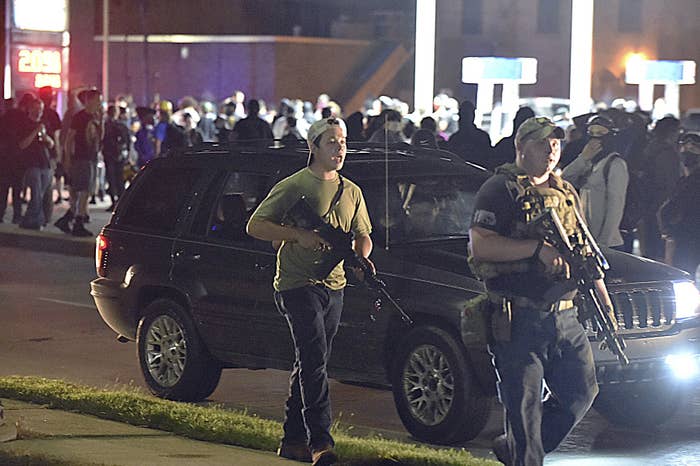
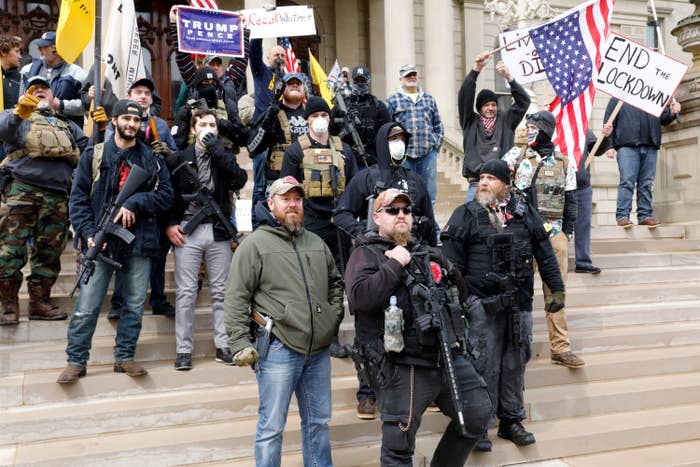
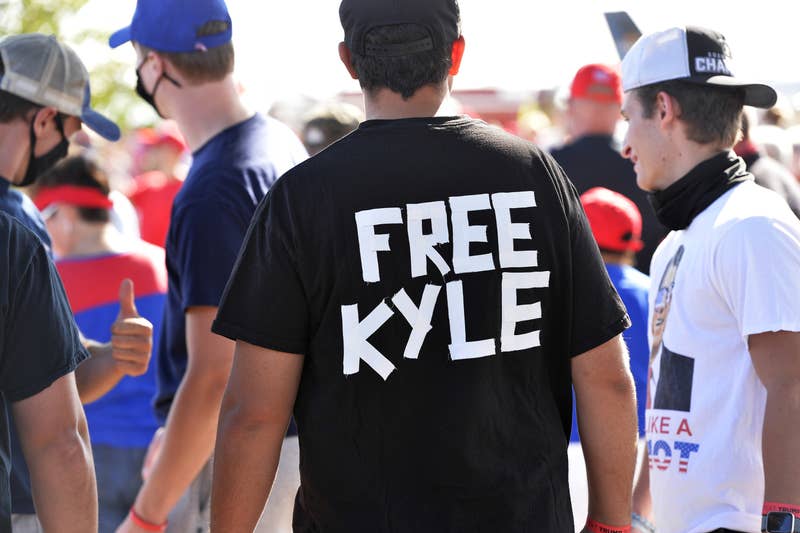





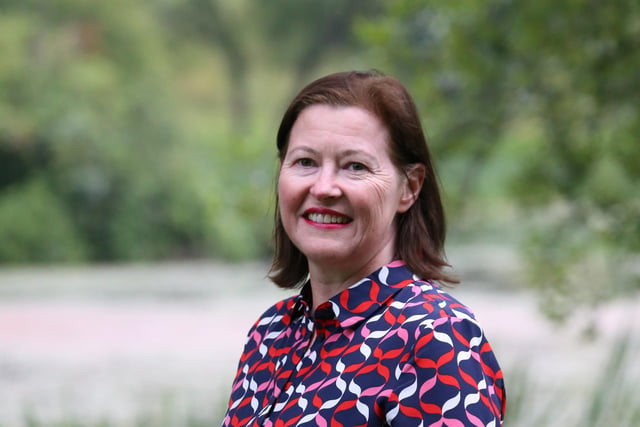

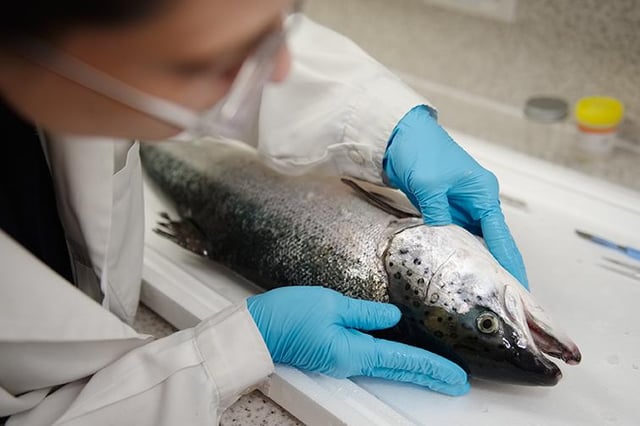 A research programme being led by the University of the West of Scotland and backed by a number of industry players is working on a monitoring system to help seafood producers identify health concerns and take pre-emptive action.
A research programme being led by the University of the West of Scotland and backed by a number of industry players is working on a monitoring system to help seafood producers identify health concerns and take pre-emptive action.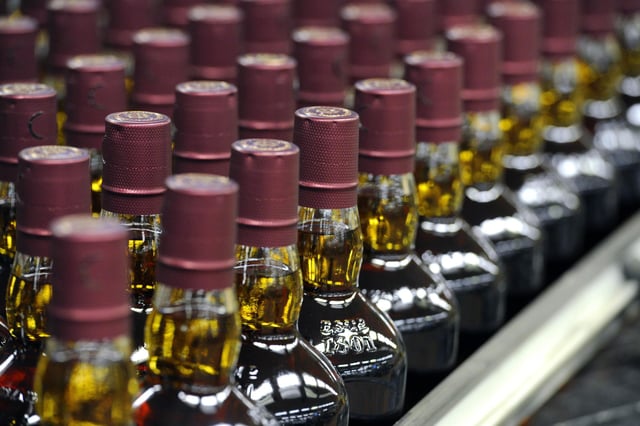 Pernod Ricard is the French spirits giant that owns Chivas Brothers, one of the biggest producers of whisky in Scotland. Picture: John Devlin
Pernod Ricard is the French spirits giant that owns Chivas Brothers, one of the biggest producers of whisky in Scotland. Picture: John Devlin